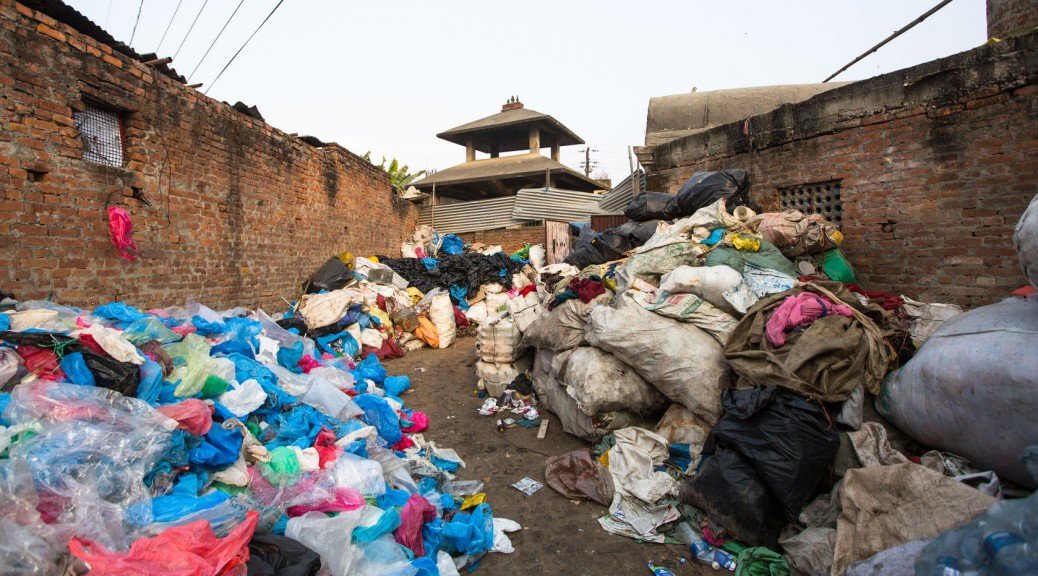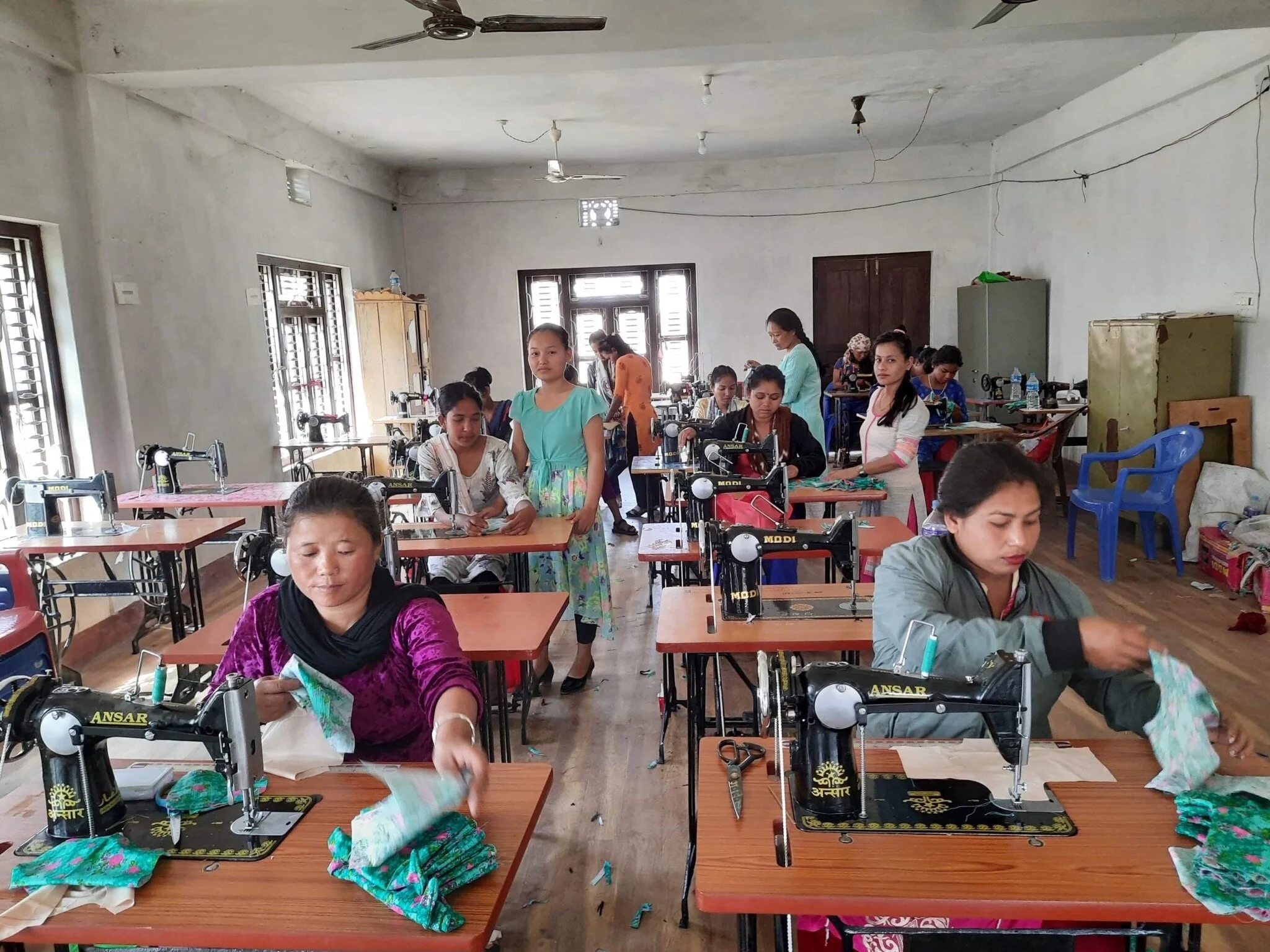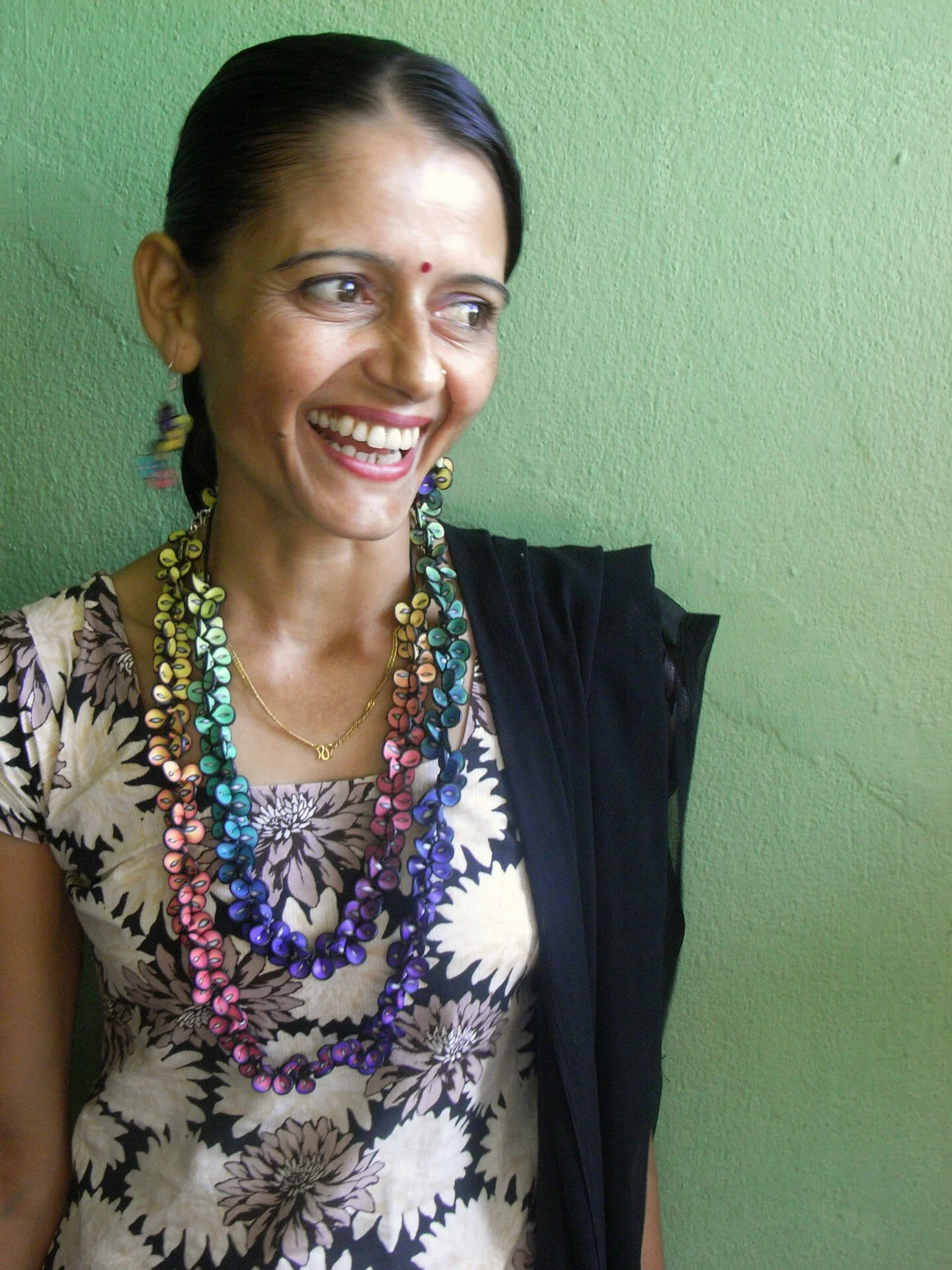Daring to design
Throughout the process, the women’s confidence in taking risks, their willingness to experiment and play with ideas has grown. They feel very much that the Dhaka designs express their Nepali identity.
Should we make polymer jewellery in a world damaged by plastic?
Polymer clay is plastic. We have been challenged about the appropriateness of adding to the world’s plastic burden by making polymer jewellery. We take this question extremely seriously. Like all questions, it contains nuances and relative risks and benefits. We have thought through the issues and believe that our polymer use is principled and responsible.
From being taught to being teachers
A couple of years ago, Janice Laurent, a dear Australian friend of the Samunnat ladies, travelled to Nepal (twice) to share her sewing skills. She taught the group of ladies who were learning about tailoring how to sew gorgeous bags, clothing items, reusable nappies and reusable pads
LINDLY’S MALA
There is a special story attached to this beautiful mala …the Nepali word for necklace. A story about a special person called Lindly Haunani. Many years ago, Lindly came up with a design for a beautiful rainbow coloured necklace; a joyful riot of colourful petals. In the early days of Samunnat Nepal, the young women who were learning about making polymer jewellery fell in love with this design.
Paying it forward
Not every bead that we make is perfect! Sometimes beads crack slightly in the oven. Sometimes the beads look lovely but lack the consistency in colour or size required by our buyers. What do the Samunnat ladies do with these beads?
Staying in touch
I haven’t been to Nepal since March 2019. There is a real ache of sadness about not being there.






